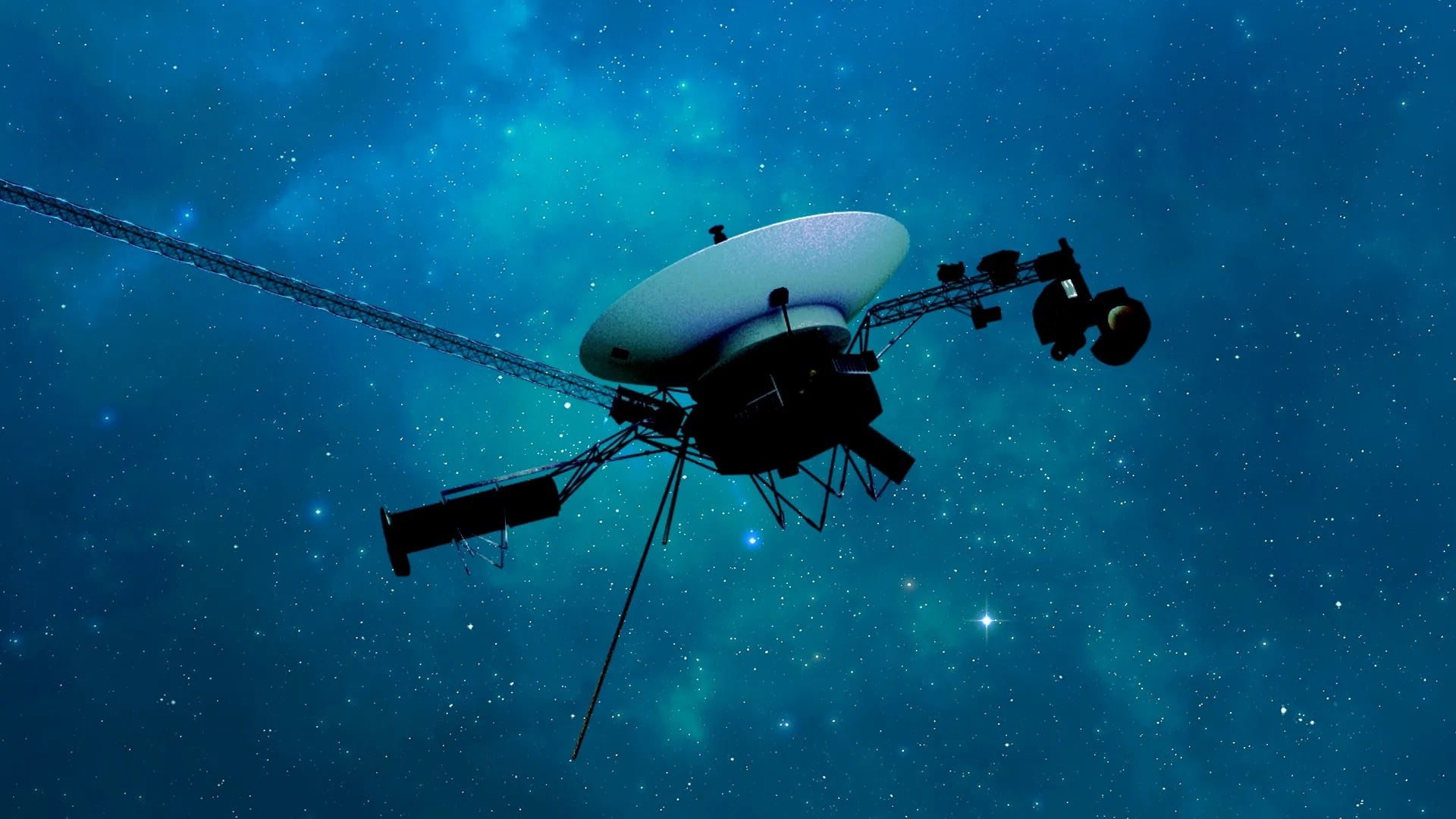15.06.2024

WASHINGTON — The four instruments on NASA’s Voyager 1 spacecraft are returning science data for the first time since a computer malfunction last November, as scientists hope to keep the mission operating for up to another decade.
NASA’s Jet Propulsion Laboratory announced June 13 that the four instruments on the spacecraft, which measure plasma waves, magnetic fields and particles in interstellar space, have started returning data again. Two of the instruments started up immediately after commands were sent to the spacecraft May 19 while the other two required what JPL called “some additional work” to resume operations.
The instruments had been offline since November 2023, when a computer malfunction on board the spacecraft caused it to return garbled data. A “tiger team” of engineers traced the problem to a corrupted memory chip in one of the spacecraft’s computers, and rewrote software to avoid using that chip. That effort restored communications with the spacecraft in April.
“The tiger team was able to reprogram and relocate that code, first for the engineering portion of the data modes coming from the spacecraft,” said Linda Spilker, Voyager project scientist, at a June 13 meeting of the Outer Planets Analysis Group where she announced the instruments were working again. “We are now getting science data back from all four Voyager 1 science instruments.”
“This is the first flight software update made to a spacecraft in interstellar space,” she added. “The last time we really did much with the flight software was prior to launch.” Voyager 1 launched in 1977.
With the spacecraft’s computer now working again, the key factor limiting the life of Voyager 1 and its twin, Voyager 2, is declining power levels. Each spacecraft loses about four watts per year, a combination of the decay of their plutonium-238 power supplies and degradation of the thermocouples that turn the heat from that decay into power.
Controllers have managed the declining power by turning off nonessential systems, including heaters that had kept instruments and other components warm. “What’s happening is that the spacecraft is becoming cold, so we have both a power concern as well as a thermal concern,” Spilker said.
At some point, she said the mission will have to start turning off instruments themselves but was hopeful that the spacecraft can continue to operate perhaps into the next decade.
“With a little bit of luck, it might be possible to continue the Voyager spacecraft taking data out to the 2030s,” she said. If Voyager 1 makes it to 2035, it will be 200 astronomical units, or about 30 billion kilometers, from the sun. It is currently more than 24 billion kilometers from the sun.
“Right now, our focus is to make it out to 2027,” she said. “That will be the 50th anniversary of the launch of both Voyager spacecraft.”
The announcement that Voyager 1’s instruments were returning data again came two days after JPL announced the passing of Ed Stone, who served as Voyager’s project scientist from the mission’s inception in 1972 until 2022, when he retired and was replaced by Spilker. Stone, a professor of physics at Caltech, also served as director of Caltech from 1991 to 2001.
“Ed Stone would often say during the planetary flyby phase that we had a rare opportunity with the alignment of the planets and we seized it,” she said of the “Grand Tour” trajectory that enabled the Voyager spacecraft to fly by Jupiter, Saturn, Uranus and Neptune. “I would add that both Voyagers still have rare opportunities, and Ed will continue to seize them.”
Quelle: SN
